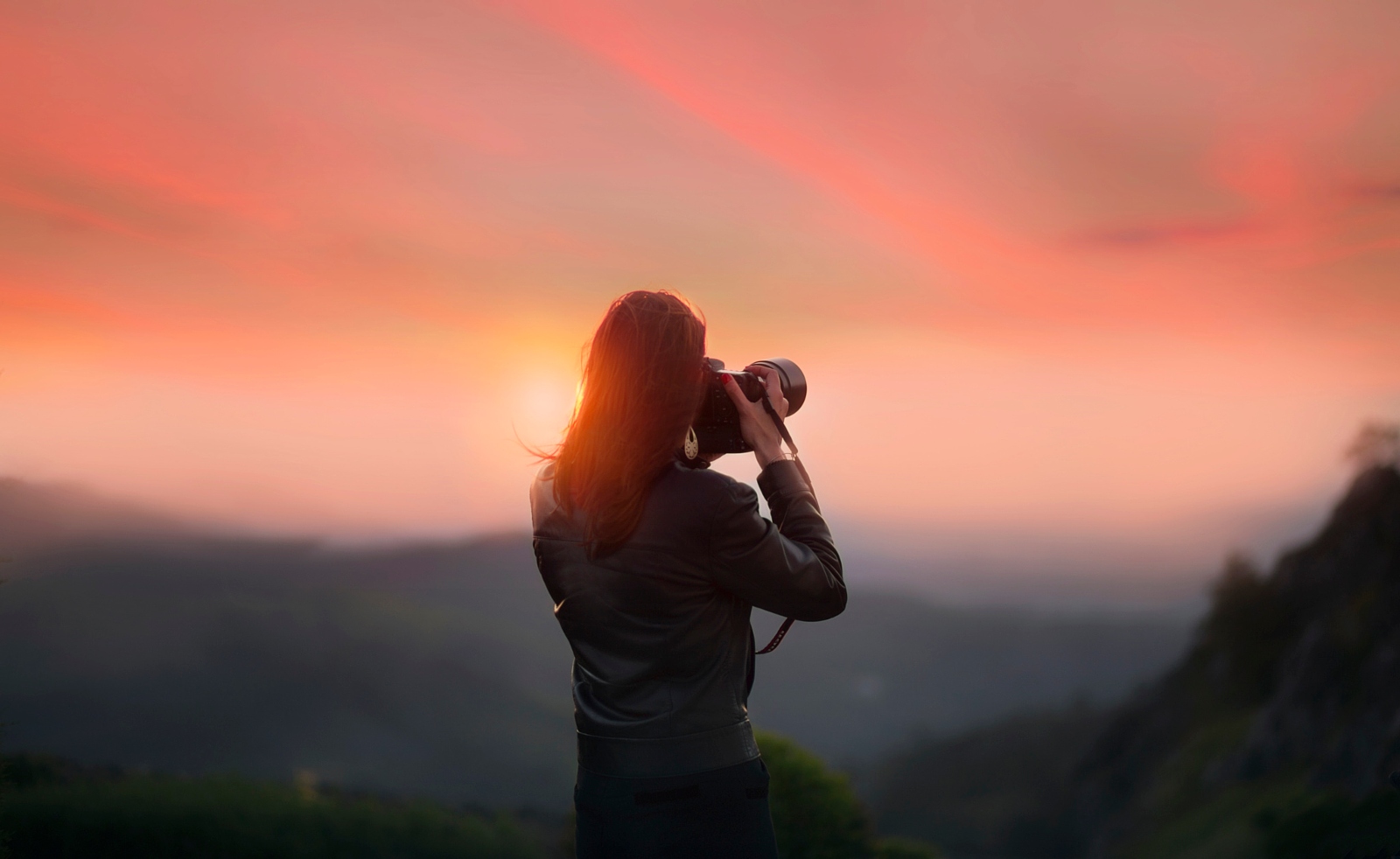
Boost your battery life If there’s one area where mirrorless cameras lag behind DSLRs it's battery life. With typically smaller-sized batteries and more power-hungry operation through their LCD screens and electronic viewfinders, even pro-level mirrorless cameras might only offer 300 frames or so.
So, what can you do? Well, having a spare battery or keeping a battery grip in your kit bag are two options, although it's probably worth knowing what operations and features drain your battery quickly.
Two of the main culprits are an over-reliance on autofocus (and continuous focus) and lens-based image-stabilisation systems. That’s not to say you should turn these off – they’re there for a reason – but it’s worth thinking about this when you have your finger constantly held down on the shutter-release button to pre-focus on a subject.
You may be able to set up your camera up to make battery use more efficient here, such as by only triggering image stabilisation at the point of capture.
Other things to look out for are overly bright LCD screens and EVFs, together with high-performance viewfinder and display settings and also GPS systems. Continuously charging up a battery when it's barely depleted also doesn't help.
Know your slots
It’s becoming fairly common to see enthusiast and pro-level cameras designed with two card slots, and it’s possible that manufacturers may keep offering us new ways with regards to how these can be configured.
If you’re lucky enough to own a camera with this setup, one thing that’s worth investigating is the capabilities of each slot, as these aren't always specified to the same standard as each other.
If you have two different card slots – say, one for CompactFlash and another for SD-type cards – then you will obviously be using a different card in each. The more common setup is to have two SD-type slots, which means you can use the same card in each one, but only one might support a particular UHS standard.
Fujifilm’s X-T2, for example, has two card slots that both support UHS-II-type cards. So, you can use the same UHS-II card in either and expect the same kind of performance. The co-flagship X-Pro2 also has two slots, although UHS-II is only supported in the primary slot – and this is also true of other cameras such as the Olympus O-MD E-M1 Mark II and the Sony A9.
This doesn't mean you can't use the same card in either, but you’ll only be able to reap the performance benefits of UHS-II in one of them.
Create an all-silent mode for easy recall
One of the great advantages of many mirrorless cameras over DSLRs is that they can be set to shoot silently, making them easier to use when you need to be discreet.
This is largely down to the fact that they can use electronic shutters rather than mechanical ones to capture the image, but also because there is no mirror swinging up and down.
It’s not just the shutter you need to think about here, though. The AF-assist lamp, focus-confirmation beeps and operational sounds should all be taken into account too.
It’s a pain to have to constantly set each of these every time you want to shoot discreetly, so consider saving these under a custom setting for easy recall. That way, whenever a moment presents itself and you want to shoot on the sly, all you might need to do is to twist your camera’s mode dial.
Customise your function menu
Touchscreens are more common on mirrorless cameras than on DSLRs, and, particularly on more junior bodies, their smaller size means there’s typically less space to dot physical, customisable controls. This places greater reliance on the menu system itself, so it makes sense to set this up as conveniently as possible.
Quick, or function, menus, which bring up commonly used settings at the press of a button, are now a standard part of a camera’s features set. The settings that are common to one user, however, may not necessarily be the case for another.
For this reason, manufacturers will typically let you change the settings within these menus so that you can weed out those you use infrequently and replace them with your favourites.
Some cameras, such as those within Fujifilm’s X series, go a step further by letting you save different sets of Quick menu options, which you can flick between depending on what it is you're shooting. So, you can save one set of shooting options for everyday shooting, one for video, one for tripod-based shooting and so on.
Adjust eye-sensor sensitivity
Many mirrorless cameras offer viewfinders with eye-sensors, and this lets them automatically alternate between this and the rear display as you move your face to and from the camera. While this is useful, they can often get confused if anything else passes by them.
The most common annoyance is when you’re using a touchscreen, or when you have the camera down low to the ground and have the screen adjusted away from the body.
In such situations you may be moving your hand around the back of the camera, which can easily fool the eye sensor into thinking your face is near, which in turn shuts off the display. Fortunately, some cameras now allow you to adjust this sensitivity so that they are less likely to do this.
. digitalrev.com2017-6-29 03:00










